HOMECOMING: ON THE YARD 2022
HOMECOMING will be SSCAC’s first large-scale outdoor program, intended to be a city-wide call and response to Black artists!
RSVP HERE
HOMECOMING will be SSCAC’s first large-scale outdoor program, intended to be a city-wide call and response to Black artists to further celebrate our legacy as the first Black arts center in the nation, reconnect with past artists, as well as commemorating the new and expansive ways we are moving forward as an organization! We’re calling our community to come back home!
We invite you and your families to celebrate with us alongside live musical performances from Sam Thousand and Team Jukeboxx Mas Band with special guest DJ Rae Chardonnay hosted by “Toaster” (Tim Henderson)!
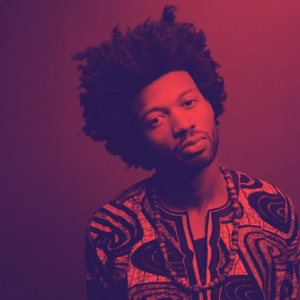
Sam Thousand (formally known as Sam Trump) is a multi-instrumentalist, singer/writer, producer/composer and a 3Arts Recipient with 15+ years of experience in live performance art, curation, and self-management. Since picking up the trumpet at age 7, his artistry has allowed him the opportunity to perform in all corners of North America as well as overseas.
Sam Thousand has become a fixture in Chicago’s music scene through various stages from the Pritzker Pavilion at Millennium Park to a cozy nook in a low-lit speakeasy in Fulton Market. He has maintained years of performance residencies and has curated special events from tributes to artist showcases. In addition to performing and curating, he has served as a booking manager to facilitate performance opportunities for other musicians. Sam Thousand is co-founder of multiple Chicago-based organizations and is a business owner and entrepreneur. Everywhere he goes, he brings a sophistication that engages & uplifts.
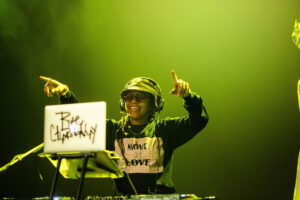
Rae Chardonnay is a DJ and cultural programs producer based in Chicago. She is the Founder of Black Eutopia, a series of segmented programming intended to cultivate space for marginalized communities; and co-founder of the award winning Party Noire where joy for Black queer, trans and gender non-conforming people is centered.
Since Rae began her DJ career, she’s been noted as one of Chicago’s Top 5 DJ’s by NPR, and Chicago’s Best DJ by the Chicago Reader.
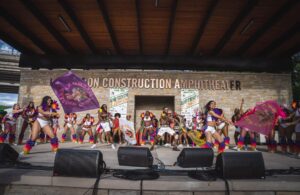
Team Jukeboxx Mas Band is a carnival inspired performance company founded by Stacy “Jukeboxx” Letrice. The mas band first made their debut in 2018 at Windy City Carnival, a not-for-profit festival and colorful parade that takes place in Chicago during the month of August. In just one year, the band took home the title of “Band of the Year” and won the award for “Best Dance Performance”.
This big win opened the doors for the group to perform at various festivals and cultural events within the Chicagoland area and surrounding states. Their mission is to educate their audiences about Caribbean culture while providing a small taste of the beauty and artistry of Caribbean Carnival.
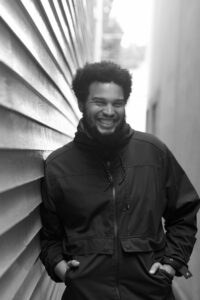
Toaster is the Co creator of Big Kid Slam, a poetry slam invested in centering marginalized voices and terrible prizes. He has competed at every level of poetry slam, most recently competing as an Individual World Poetry Slam finalist.
Toaster has been featured in poetry events all over America, Vancouver and most recently Germany. His work can be found on Button Poetry, All Def Digital, Sofar Sounds and National Public Radio.
Featured Food Vendor
Dozzy’s Grill!
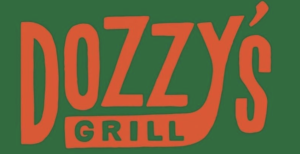
Special Thanks to Pigment International & Department for Cultural Affairs and Special Events (DCASE)!





